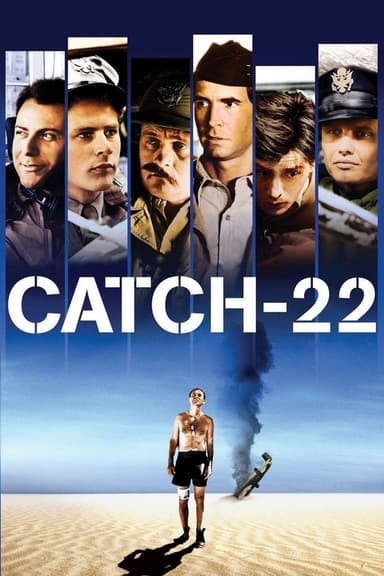
Joint Security Area
2000 • Action, Drama, Thriller
Two North Korean soldiers are killed in the border area between North and South Korea, prompting an investigation by a neutral body. The sergeant is the shooter, but the lead investigator, a Swiss-Korean woman, receives differing accounts from the two sides.
Runtime: 1h 48m
Why you should read the novel
Before immersing yourself in the cinematic world of Joint Security Area, consider reading the evocative source novel, DMZ by Park Sang-yeon. This gripping book offers a deeper dive into the complex human emotions and political intricacies surrounding life at the Korean Demilitarized Zone. With its rich narrative and insightful characterization, DMZ provides a perspective that even the most well-crafted film adaptation can struggle to fully encapsulate.
Choosing to read the novel DMZ unlocks an inner world of nuanced thoughts, subtle motivations, and detailed backgrounds of the characters. The prose allows readers to truly understand the genesis of the unlikely friendships and heartrending events that unfold across the border. If you prefer a more intimate exploration of themes like camaraderie, loss, and hope, the book brings these elements to life far beyond what’s possible on the silver screen.
Not only will you be gaining a broader understanding of the story, but reading DMZ by Park Sang-yeon can enrich your appreciation for both the complex history of Korea and the powerful storytelling tradition that inspired the acclaimed film adaptation. Experience the full emotional spectrum of the narrative by turning the pages of this compelling novel.
Adaptation differences
One of the most notable differences between DMZ by Park Sang-yeon and the film adaptation Joint Security Area lies in narrative perspective. The book delves deeply into the inner thoughts and motivations of its characters, providing intimate access to their emotional states, while the film often relies on visual cues and dialogue, offering a more externalized portrayal of character relationships.
The pacing and structure of the story also differ substantially between the two mediums. The novel DMZ unfolds methodically, allowing for reflective pauses and extended backstory, creating layers of suspense through intricate prose. In contrast, Joint Security Area employs a nonlinear narrative and quick shifts in perspective to highlight tension and mystery, sometimes omitting or condensing backstory details found in the book.
Another significant difference is how themes are emphasized. While both works address the tragedy and irony of divided Korea, the novel explores socio-political commentary in greater depth and focuses more extensively on the psychological toll of separation and border duties. The film, meanwhile, sharpens the focus on interpersonal drama and cinematic revelations—particularly through editing and visual storytelling—resulting in a distinct emotional experience.
Finally, character development and certain plot points are adapted or altered to fit the constraints and demands of a movie format. Some secondary characters receive more nuanced treatment in the book, and events are either rearranged or omitted in the film for dramatic effect. As a result, readers of DMZ can enjoy a richer, more detailed narrative that offers new surprises even if they have watched Joint Security Area.
Joint Security Area inspired from
DMZ
by Park Sang-yeon










